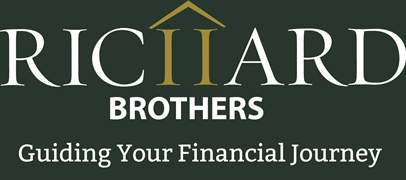 Including a high-value 401(k) plan as part of your employee benefits package has a positive impact on your company and on the financial well-being of individual participants. A good way to think of the value your plan offers is to compare the level of fees the plan currently bears to the level of services and benefits it provides.
Including a high-value 401(k) plan as part of your employee benefits package has a positive impact on your company and on the financial well-being of individual participants. A good way to think of the value your plan offers is to compare the level of fees the plan currently bears to the level of services and benefits it provides.
On a high level, a great 401(k) plan benefits your company by providing the necessary structure to help employees save for their dream retirement and a system that makes it easy for them to participate and track their progress. Such a plan also helps company owners by offering tax-favorable treatment of employer matching contributions.
Individual employees benefit from having a simple way to put money aside for the future while deferring state and federal taxes. A 401(k) plan also allows them to take advantage of the employer matching contribution, which is free money they could not otherwise receive. Since the funds have been clearly set aside for retirement, plan participants are aware that they should not be used for any other purpose.
3 Tips For Maximizing Your Plan’s Value
As mentioned above, the value of your plan depends on the level of fees the plan currently bears compared to the level of services and benefits it provides. Here are three tips for understanding and maximizing the value of your plan:
1) Conduct a thorough plan optimization review: Reviewing your plan on a regular basis is useful in determining its value to participants and to the company overall. To determine the plan’s value, you need to break down the costs — including record keeping, financial advisory, investment and administrative costs.
In addition to plan fees, other areas to review could include:
- Plan participation rates and levels
- Participant onboarding experience and ongoing guidance
- Investment performance compared to industry averages
2) Assess the overall service level: Once you have a clear understanding of your plan’s performance and all associated fees, it’s time to determine the level of services the plan provides to participants. For example, how often does the plan advisor meet with participants — quarterly, annually, never?
Worried about the cost of your current 401(k) plan? Request a free, 30-minute consultation with Richard Brothers and start maximizing your plan’s value.
Richard Brothers Financial Advisors


